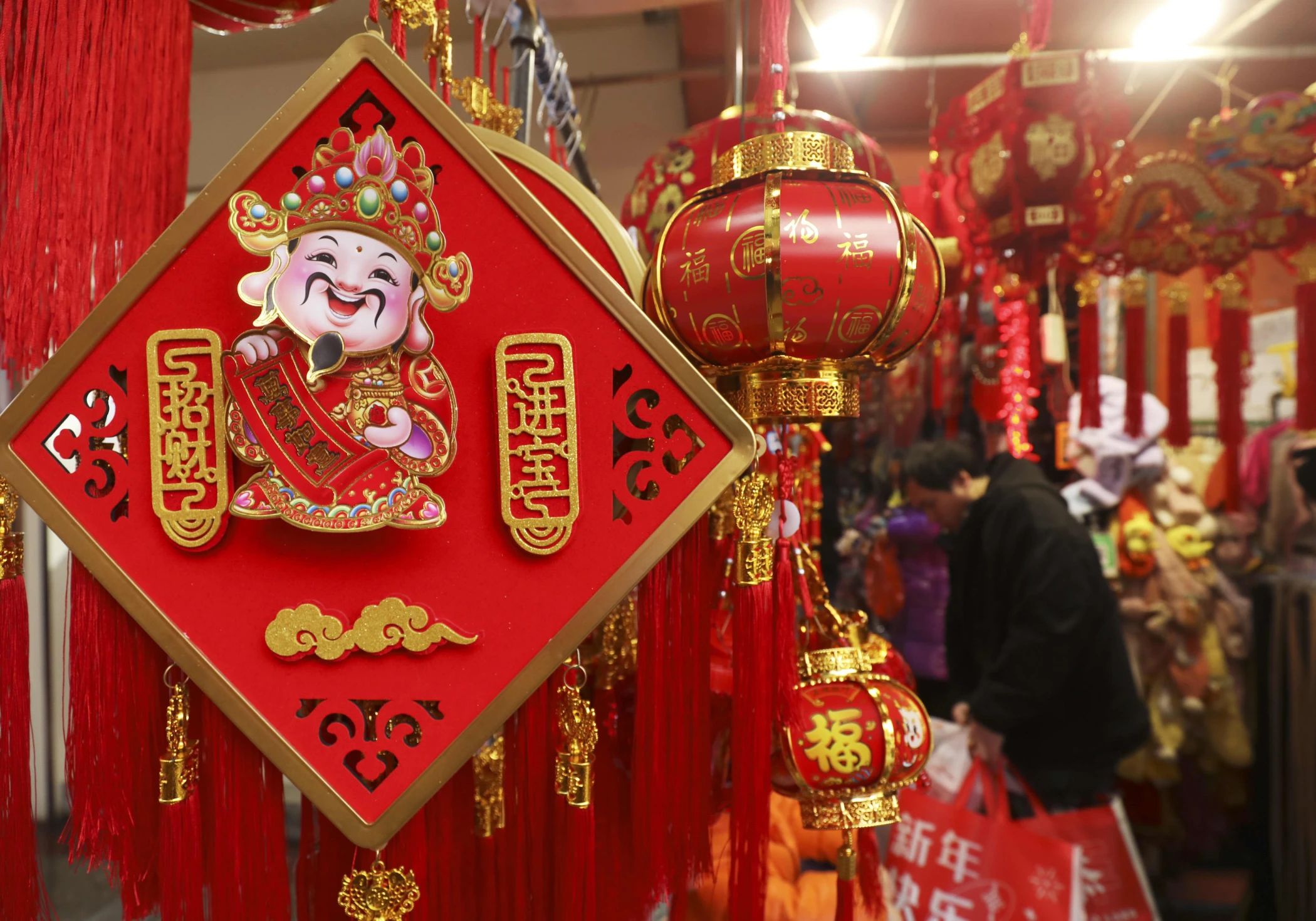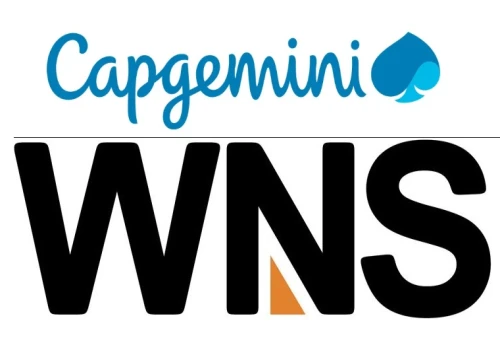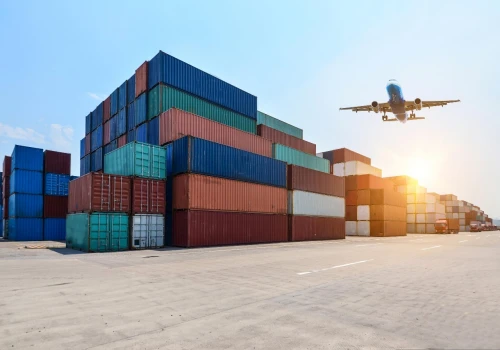
China's economic recovery faces a new hurdle: stagnant consumer prices. The National Bureau of Statistics reported on Thursday that the consumer price index (CPI) rose a mere 0.1% in March compared to the previous year, falling short of economist predictions (0.4%) and marking a significant drop from February's 0.7% increase. This lackluster growth, coupled with continued deflation in the industrial sector, raises concerns about the strength of China's domestic demand and its ability to achieve its ambitious 5% growth target for 2024.
The figures paint a worrying picture. Consumers, who briefly upped their spending during the Lunar New Year holiday, seem hesitant to continue. This sluggishness can be attributed to several factors, including the ongoing slump in China's real estate market and a weak job market. This dampens the optimism sparked by recent positive data on exports and factory activity.
"The price data is a clear reflection of weak domestic demand," said Raymond Yeung, chief economist for Greater China at Australia & New Zealand Banking Group Ltd. "The recent improvement in economic momentum seems to be primarily driven by exports."
Financial markets reacted cautiously. Chinese government bonds showed little change, while stocks extended their losing streak for the sixth consecutive day. The contrasting inflation data between China and the US further fueled this market behavior. Higher-than-expected US inflation figures suggest the Federal Reserve may maintain higher interest rates for longer, potentially impacting global financial flows.
"The surprise upside in US CPI inflation and downside in China highlights the potential divergence in monetary policy stances between the two countries," commented Zhiwei Zhang, president of Pinpoint Asset Management.
Fading inflation could also push China's government to implement additional stimulus measures. Deflation squeezes companies' profit margins, discouraging investment, and can lead consumers to postpone purchases in anticipation of further price drops.Chinese policymakers are aware of the problem of weak domestic demand. They have taken some steps to counter it, such as subsidizing appliance and machinery upgrades for households and businesses. However, they have refrained from large-scale stimulus packages.
The threat of continued deflation looms large. Price competition in several industries has intensified in recent months. Construction material producers, like zinc smelters, are forced to lower prices due to excess capacity. Similarly, electric car manufacturers are resorting to aggressive discounts to attract customers.
Core inflation, which excludes volatile food and energy prices, also slowed down last month, dropping from 1.2% in February to 0.6%. This indicates that underlying inflationary pressures are also weak. China's economic recovery hinges on reviving domestic demand. The government will need to carefully navigate its policy response, considering the global economic climate and potential spillover effects. Whether China can achieve its growth target and steer clear of deflationary risks will be a story to watch in the coming months.











